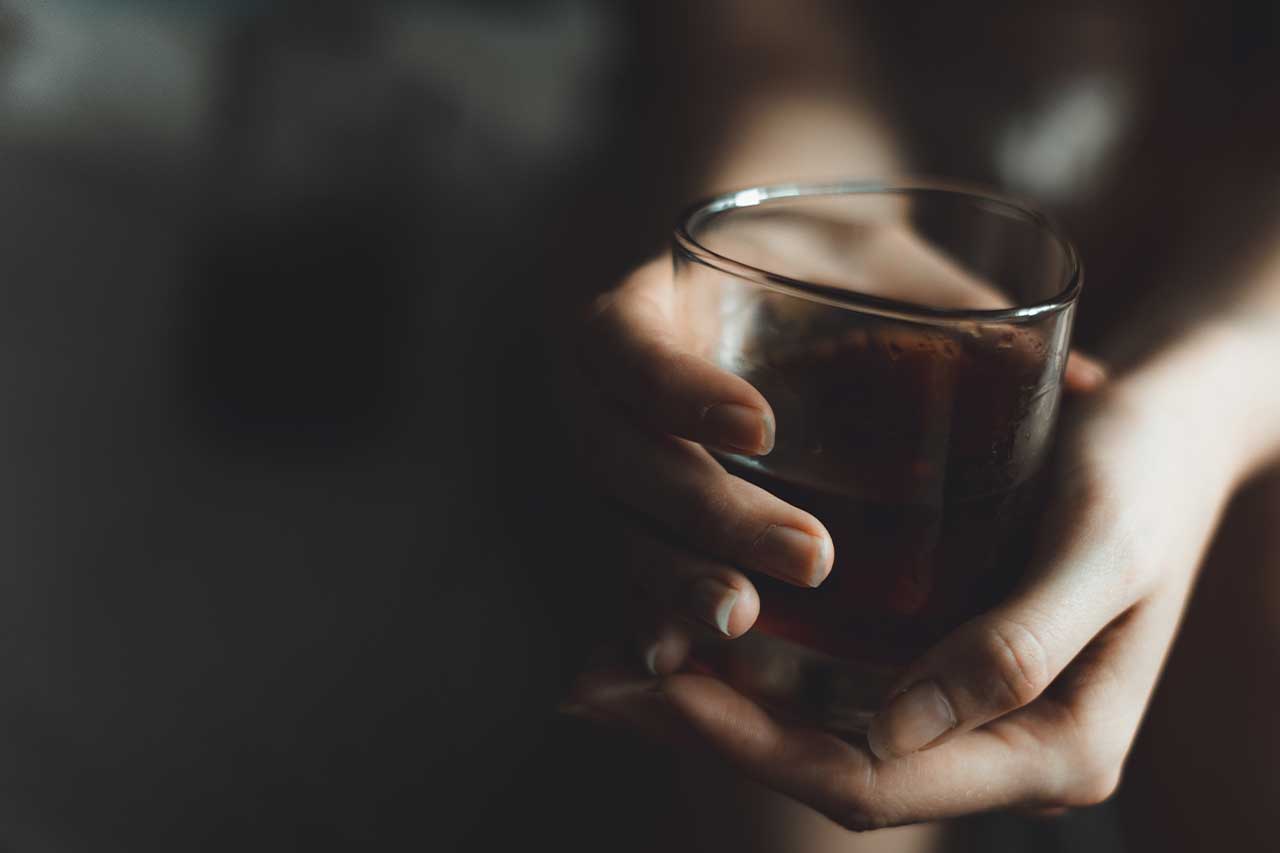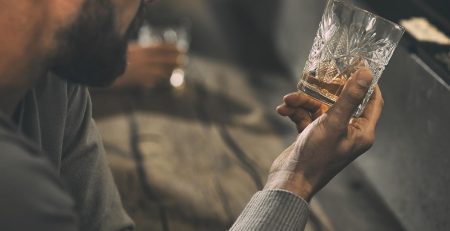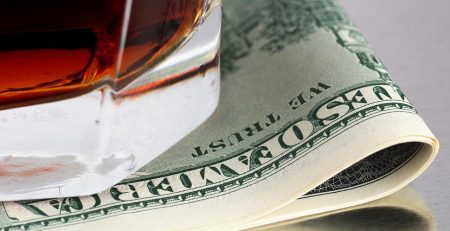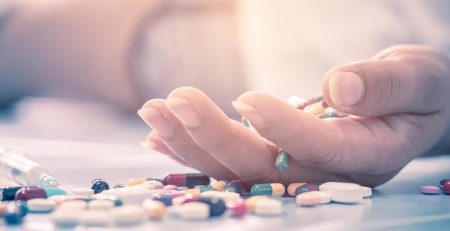Drinking alcohol and not eating for days or severe dieting is common in a lot of people, mostly women. There are many sugary alcoholic drinks that contain lots of calories, which can be difficult for people who like to drink but want to watch their weight. In an attempt to maintain their weight or even lose weight, some people restrict calories so they can indulge in their favorite cocktails, a behavior otherwise referred to as “drunkorexia.” Our Palm Beach rehab is looking into the link between alcohol and eating disorders and why conditions like “drunkorexia” happen.
Drunkorexia Definition
Drunkorexia is a non-medical term for behaviors in which people restrict what they eat or their caloric intake to make room for alcoholic drink calories. Behaviors associated with substituting food with alcohol usually stem from the fear of gaining weight from alcohol. Drunkorexia is most common in college-aged women but can also occur in men. In extreme cases, some people may engage in self-induced vomiting after drinking alcohol or drinking alcohol and not eating for days, which can lead to severe eating disorders like bulimia or anorexia nervosa. However, even people who don’t have preexisting eating disorders can struggle with drunkorexia.
Drunkorexia Effects
So, what does drunkorexia do to the body? Restricting your food intake so that you can drink more can significantly impact your physical and mental health. Unfortunately, this is becoming a popular trend among young adults who want to enjoy a night of drinking without the weight gain. Even women in their early twenties who aren’t in college are restricting their meals so they can enjoy a night of drinking, but this is highly risky behavior for several reasons.
Side effects of drunkorexia include:
- Dehydration
- Acne
- Dry skin
- Brittle nails
- Anemia
- Constipation
- Abdominal bloating
- Vitamin depletion
- Blackouts
- Alcohol poisoning
- Hypoglycemia
- Alcohol-related brain damage
- Alcohol-related liver damage
- Liver disease
- Increased risk of osteoporosis
- Increased risk of cardiovascular problems
- Increased risk of diabetes
- Increased risk of dementia
Changes in Physical Appearance
Your physical appearance can also change due to the combined effects of alcohol and anorexia. Alcohol doesn’t provide the necessary vitamins and nutrients the body needs to stay healthy. As a result, the problems that are occurring on the inside may begin to reflect in your appearance. Your skin may begin to age quicker and even begin to yellow (jaundice). Your hair may get dry and begin to fall out. Your nails may become weaker, and your stomach may start to bloat. This can be distressing for anyone, especially someone who replaced food with alcohol to maintain a certain appearance.
Stronger Side Effects
Drinking on an empty stomach can also lead to more severe side effects, further increasing the risks of overabundant alcohol consumption. Alcohol is most quickly absorbed in the small intestine. The longer alcohol stays in your stomach, the slower it’s absorbed and the slower it affects you. When there’s food in your stomach, it prevents alcohol from being absorbed too quickly. On the other hand, when you drink on an empty stomach, your body will absorb the alcohol too quickly, intoxicating you more quickly and more intensely.
Increased Risk for Alcoholism
Additionally, people who become accustomed to drinking in place of eating are not only at risk of developing an eating disorder like anorexia or bulimia, but they also increase their chances of developing an alcohol use disorder (AUD). Otherwise known as alcoholism, an AUD is marked by an uncontrollable urge to drink despite the consequences. Long-term alcohol abuse can increase your risk of alcohol poisoning, dementia, liver disease, and more. People who reach this point usually need alcohol treatment to recover.
Drunkorexia Symptoms and Signs
While many falsely believe that consuming fewer calories while getting drunk quicker is a win-win, it can do some serious damage over time. If someone you care about has been drinking more and eating less, pay attention to their behaviors and habits. Below are some common signs of drunkorexia you can look out for:
- Cutting out basic food groups, like carbohydrates, from their diet
- Worrying excessively about their physical appearance and/or weight
- Frequent trips to the bathroom after eating meals
- Frequent self-induced vomiting
- Using laxatives or diuretics to lose weight
- Hiding their eating and drinking habits
- Going out frequently to drink
- Spending time with friends who also drink heavily
- Low self-esteem
- Isolation from loved ones
- Reduced interest in activities they once enjoyed
- Intense fear of gaining weight
- Reduced performance at school or work
One may start out with the unhealthy habits of drunkorexia and eventually experience anorexia and alcohol addiction. What may start off as a quick fix for losing weight can easily become a slippery slope.
At Seaside Palm Beach, our treatment specialists are well-versed in working with adults of every age who have eating disorders, addictions, and mental illnesses. Among our many services offered, is eating disorder support and addiction treatment in one. We’ve found that once addiction is treated, if eating disorder tendencies are not addressed, they can reveal themselves, which is why we created a program that addresses the symptoms of both conditions to best help our patients.
To learn more about our options for mental health and addiction treatment in Palm Beach, call us at 561-677-9374.
Related Reading:













